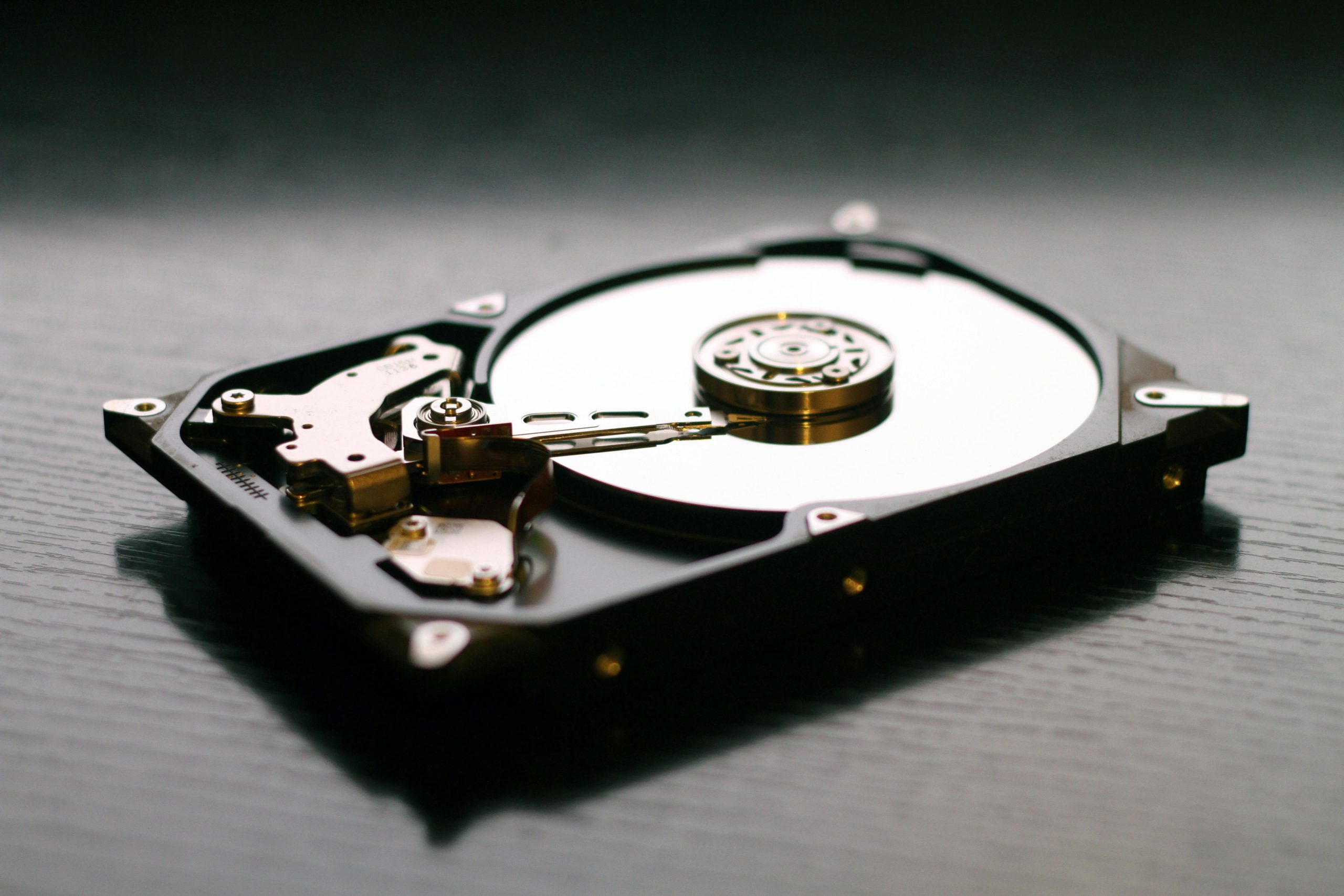Recovering Data from an Inaccessible Internal Hard Drive: A Comprehensive Guide
Experiencing data loss or drive inaccessibility can be a daunting ordeal, especially when vital files are at stake. If your internal hard disk drive (HDD) is no longer accessible on your Windows 10 desktop, and traditional methods aren’t working, it’s important to approach the situation systematically and carefully. This guide outlines the common causes, troubleshooting steps, and professional options for recovering data from a problematic HDD.
Understanding the Situation
In many cases, issues with internal drives stem from driver updates, system errors, or physical hardware failures. Notably, recent driver updates or system shutdowns during disk repairs can sometimes lead to file system corruption or partition issues, rendering the drive inaccessible.
Scenario Overview
A user reported that after updating the disk driver and restarting the computer, the E: drive became unresponsive. Symptoms included:
- Extended disk fixing processes that didn’t complete.
- Error messages indicating the volume was not accessible or requiring formatting.
- Disk checking utilities reporting unreadable sectors and filesystem errors.
- Disk management showing the partition as healthy but with zero usable space.
- Windows prompting to format the drive, risking data loss.
Potential Causes
- File system corruption due to improper shutdowns or interrupted disk repairs.
- Bad sectors or physical damage on the HDD.
- Firmware or driver issues causing miscommunication with Windows.
- Malware or software conflicts affecting disk integrity.
Recommended Steps for Data Recovery
-
Cease Writing to the Drive
To prevent further data loss, avoid saving new files or installing software on the affected disk. -
Use Data Recovery Software
Specialized tools can often retrieve files from damaged or corrupted partitions. Consider reputable options such as: - Recuva
- EaseUS Data Recovery Wizard
- Stellar Data Recovery
- MiniTool Power Data Recovery
These programs can scan the drive at a low level and attempt to recover accessible files. Run the recovery tool from a different, healthy drive to avoid overwriting data on the problematic drive.
-
Create a Disk Image (If Possible)
Before performing any repairs, create a complete image or clone of the drive using tools like Macrium Reflect or Clonezilla. This preserves the current state and allows you to attempt recovery from the clone, reducing risk. -
Run Disk Repair Utilities Carefully
If the drive can be partially accessed: - Use chkdsk with caution
Share this content:



